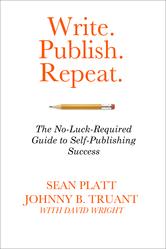![]() I’ve been following Richard Florida’s work for a number of years since The Rise of the Creative Class. In this presentation (see below), he makes several excellent points about the growing role and value of creativity today.
I’ve been following Richard Florida’s work for a number of years since The Rise of the Creative Class. In this presentation (see below), he makes several excellent points about the growing role and value of creativity today.
With parallels to the 1930s and earlier eras of hardship, the rush of new ideas and finding a better way of doing things tends to come about most often when a society’s back is against the wall. It’s when rules get broken that people start doing interesting, daring things.
This isn’t just executive-level challenge. Real creativity—the kind that makes things, and makes them better than before—has to take root in every level of an organization.
